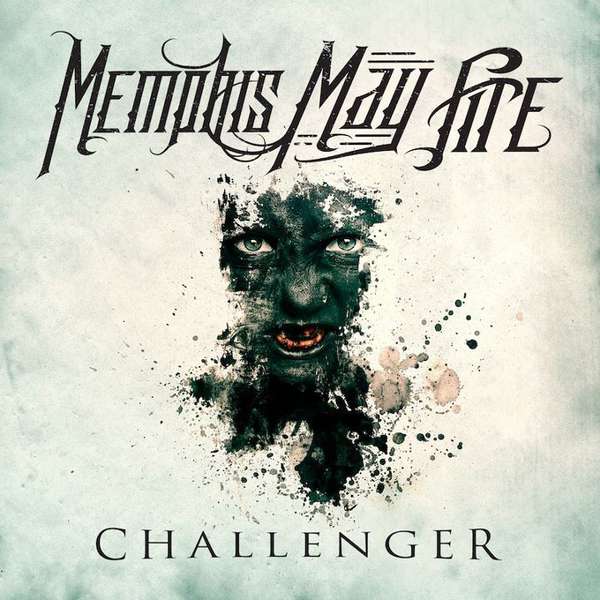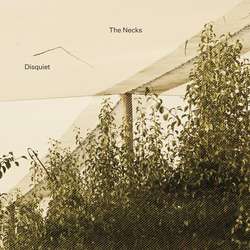Ever since their debut full length, Sleepwalking, Memphis May Fire have departed from the southern tinged metalcore they were known for, and instead have adopted a more straight forward approach to the genre. This move had alienated a large portion of their audience, and obscured their identity in the process. But fortunately this change in sound has been fully realized on Challengers, taking a very dark, chaotic turn in Memphis’ career.
In many ways, it’s not far off from their last full length, The Hollow, only much more refined, while maintaining a diverse moody soundscape. Memphis hardly settles on any particular style or sound, blasting through several subgenres in a matter of minutes, but it all blends into each other masterfully, not letting up long enough to become repetitive or dull. This assault on the listener’s attention span can be a bit much at times, but the well structured choruses and some minor melodic experimentation provide enough of a break from their relentless pace.
A lot of fans were surprised at just how heavy The Hollow truly was, catching an entire scene by surprise, but Challenger ups the ante once again, accompanied by a very dark atmopshere. It consists of an abundance of intricate chugging patterns and breakdowns, with a familiar orchestrated style of keys and programming that bands seems to be embracing more often these days, reminiscent of label mates Dream On Dreamer. But there is still more than enough innovative guitar noodling here to keep any of you aficionados pleased. These more technical riffs are actually quite creative, showing the bands still out to expand their sound, but this freedom doesn’t always pay off, and one track in particular stands out as a serious miss.
"Legacy", an obscure song found near the middle of the album, was really off putting for me. While the core of the song is quite good, the keys often create a sort of Arabian feel, with a strange lead and tone played through-out the track. I wish I could commend the band for taking risks with songs, but this track killed the dark ambient atmosphere the album had been cultivating, really taking me out of the experience.
Outside of this small issue, I really couldn’t find many faults with Challenger. It may not offer anything new to the genre, resembling the majority of Rise Records’ releases, but they’ve at least the sense to do things right, offering without a doubt one of the best heavy albums of the year.






